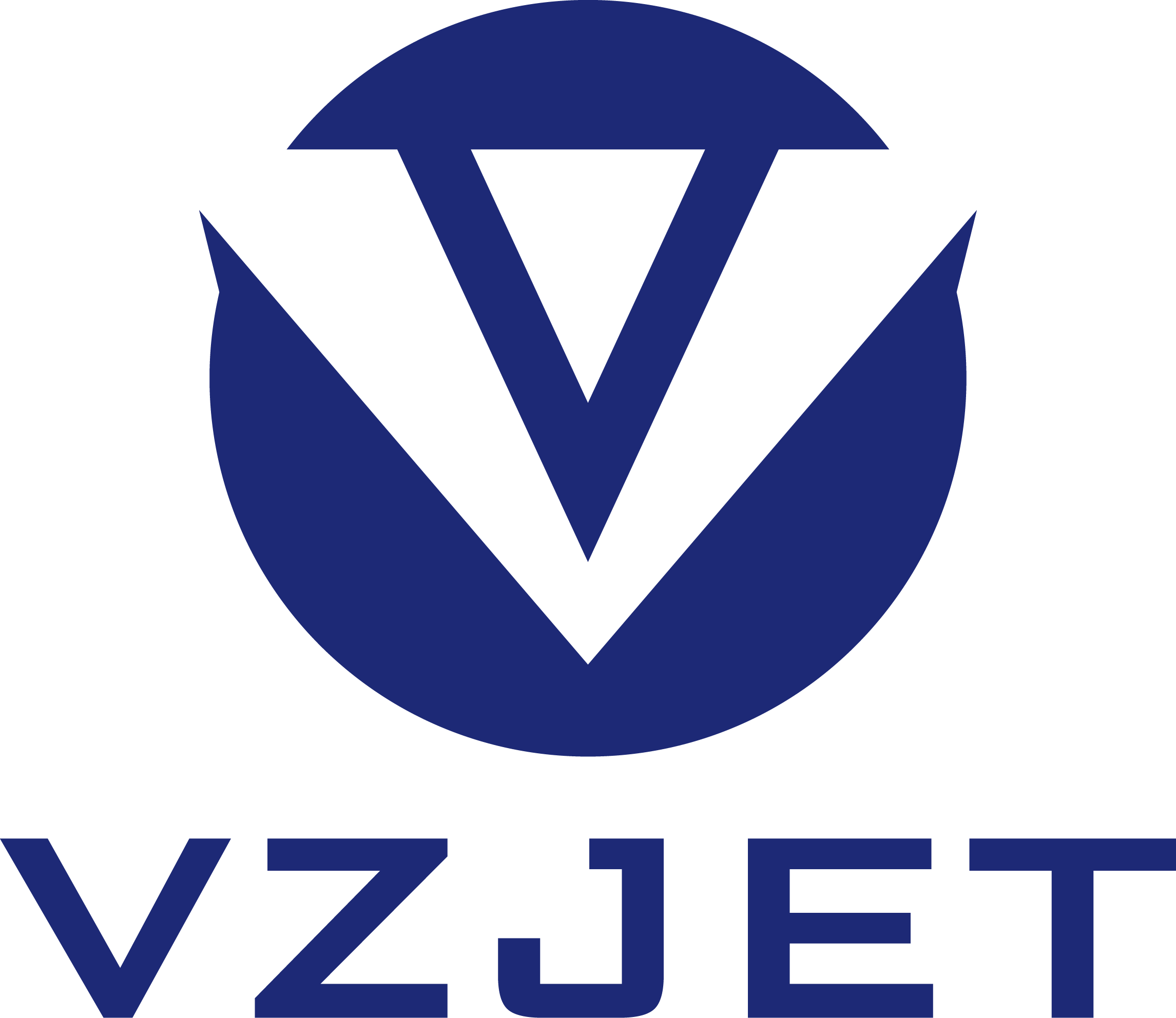Information
Innovative Printing Solutions: Unlocking Efficiency with Flying Laser Coding Printers
07 Oct,2025
Innovative Printing Solutions: Unlocking Efficiency with Flying Laser Coding Printers
Table of Contents
- 1. Introduction to Flying Laser Coding Printers
- 2. What Are Flying Laser Coding Printers?
- 3. The Benefits of Flying Laser Coding Printers
- 4. How Flying Laser Coding Printers Work
- 5. Applications of Flying Laser Coding Printers
- 6. Common Misconceptions About Flying Laser Coding Printers
- 7. Maintaining Flying Laser Coding Printers
- 8. The Future of Flying Laser Coding Printers
- 9. Frequently Asked Questions
- 10. Conclusion
1. Introduction to Flying Laser Coding Printers
In today’s fast-paced world, efficiency and precision are paramount in various industries. The demand for innovative printing solutions has led to the emergence of advanced technologies, such as **flying laser coding printers**. These printers have revolutionized the way businesses manage their printing needs, offering unparalleled speed, accuracy, and versatility. As we explore the capabilities of these cutting-edge devices, we will uncover their benefits and applications, providing a comprehensive understanding for businesses looking to enhance their operational workflows.
2. What Are Flying Laser Coding Printers?
Flying laser coding printers are advanced printing devices designed for high-speed, high-quality printing of variable data such as barcodes, QR codes, and text directly onto products and packaging. Unlike traditional printing methods that may require stopping or slowing down the production line, flying laser coding utilizes a unique mechanism that allows it to print continuously while the product moves. This capability not only ensures that the printing process does not hinder production efficiency but also improves overall output quality.
Key Features of Flying Laser Coding Printers
- **High-speed Printing**: Capable of printing at speeds exceeding 300 meters per minute, making them ideal for high-volume production environments.
- **Precision and Quality**: Utilizing laser technology, these printers produce crisp, clear prints that are resistant to smudging and fading.
- **Flexible Integration**: Designed to seamlessly integrate into existing production lines, allowing for easy upgrades without major overhauls.
- **Low Maintenance**: Minimal moving parts lead to reduced wear and tear, resulting in lower maintenance requirements.
3. The Benefits of Flying Laser Coding Printers
Flying laser coding printers offer numerous advantages that make them an attractive option for businesses across various sectors.
3.1 Enhanced Speed and Precision
One of the standout features of flying laser coding printers is their ability to deliver rapid printing without sacrificing quality. The use of lasers allows for high-resolution prints that remain consistent, ensuring that every label or code is legible and precisely placed. This enhanced speed is crucial for businesses operating in high-demand environments, as it allows for increased throughput without the need for downtime.
3.2 Cost-Effectiveness and Efficiency
While the initial investment in flying laser coding technology may be significant, the long-term savings can be substantial. The efficiency of these printers leads to reduced waste, as they minimize the need for reprints due to errors. Moreover, their low maintenance requirements translate to lower operational costs, making them a cost-effective solution for businesses aiming to optimize their production processes.
3.3 Versatility in Applications
Flying laser coding printers are incredibly versatile, making them suitable for a wide range of applications. From packaging and labeling to date coding and batch number printing, their adaptability means they can be used across various industries, including food and beverage, pharmaceuticals, electronics, and more.
4. How Flying Laser Coding Printers Work
Flying laser coding printers operate on the principle of directing a high-powered laser beam onto a substrate, altering its surface to create a permanent mark. The technology behind these printers is sophisticated, yet their operation is straightforward.
The Printing Process
1. **Setup**: The printer is calibrated to the specific production line speed, and the desired print settings (text, graphics, etc.) are configured.
2. **Data Input**: Variable data such as serial numbers or expiration dates is input into the printer’s software system.
3. **Synchronized Printing**: As products move along the production line, the printer’s sensors detect the position and adjust the laser firing accordingly, ensuring that each mark is applied at the right moment.
4. **Final Output**: The result is a high-quality, permanent print on the product or packaging, ready for distribution.
5. Applications of Flying Laser Coding Printers
Flying laser coding printers have found extensive use across various sectors, each benefiting from their unique capabilities.
5.1 The Packaging Industry
In the packaging industry, flying laser coding printers are essential for applying critical information like barcodes, production dates, and batch codes onto packaging materials. Their ability to print on different surfaces, including plastic, cardboard, and glass, makes them invaluable for manufacturers looking to comply with regulations and maintain product integrity.
5.2 The Manufacturing Sector
The manufacturing sector utilizes flying laser coding printers for marking products directly during the assembly process. This in-line printing capability allows manufacturers to keep track of inventory, manage supply chains efficiently, and ensure traceability, which is particularly important in industries such as automotive and electronics.
5.3 The Pharmaceutical Industry
In the pharmaceutical domain, the accuracy of printed information is critical. Flying laser coding printers provide a reliable solution for printing vital information on medication packaging, ensuring compliance with safety standards and regulations. Their precision helps prevent errors that could lead to serious consequences for consumers.
6. Common Misconceptions About Flying Laser Coding Printers
Despite their many advantages, there are several misconceptions surrounding flying laser coding printers.
Misconception 1: High Cost of Ownership
While initial costs may appear high, the total cost of ownership can be lower than traditional printing methods due to their efficiency and durability.
Misconception 2: Difficult to Operate
Many believe that flying laser coding printers require extensive training to operate. However, modern systems often come with user-friendly interfaces that simplify operation.
Misconception 3: Limited to Specific Industries
Flying laser coding technology is versatile and can be utilized in various industries beyond packaging and manufacturing, including cosmetics, electronics, and more.
7. Maintaining Flying Laser Coding Printers
Proper maintenance is essential to ensure the longevity and performance of flying laser coding printers. Here are some maintenance tips:
Regular Cleaning
Keep the printer’s optics and lenses clean to prevent dust and debris from affecting print quality. Regularly scheduled cleaning ensures optimal performance.
Software Updates
Stay updated with the latest software for your printer, as manufacturers often release updates that improve functionality and security.
Routine Inspections
Conduct routine inspections to check for wear and tear on parts. Early detection of issues can prevent costly repairs down the line.
8. The Future of Flying Laser Coding Printers
As industries continue to evolve, the role of flying laser coding printers will expand. Advancements in technology will lead to even faster and more precise printing capabilities. Innovations such as artificial intelligence and machine learning could enhance the functionality of these printers, allowing for automated adjustments and predictive maintenance.
Furthermore, as sustainability becomes a focal point for many businesses, the demand for environmentally friendly printing solutions is likely to rise. Flying laser coding printers, with their minimal waste and energy-efficient operation, are well-positioned to meet these future demands.
9. Frequently Asked Questions
1. What industries benefit the most from flying laser coding printers?
Flying laser coding printers are widely used in the packaging, manufacturing, and pharmaceutical industries, among others.
2. How do flying laser coding printers compare to traditional printing methods?
They offer faster speeds, higher precision, and require less maintenance compared to traditional methods.
3. Are flying laser coding printers suitable for small businesses?
Yes, small businesses can benefit from their efficiency and versatility, especially those involved in high-volume production.
4. How often should I service my flying laser coding printer?
Regular maintenance checks are recommended every few months, depending on usage, to ensure optimal performance.
5. Can flying laser coding printers print on various materials?
Yes, they can print on a wide range of materials, including plastics, metals, and paper products.
10. Conclusion
Flying laser coding printers represent a significant advancement in printing technology, offering businesses the ability to enhance efficiency, improve print quality, and reduce operational costs. Their versatility across various industries further solidifies their position as essential tools in modern production environments. As we look to the future, the continued innovation in this field promises to unlock even greater potential, making flying laser coding printers a smart investment for any forward-thinking business. Embracing this technology not only streamlines processes but also sets the stage for sustainable and profitable growth.
07 Oct,2025
Classification:
Information
Latest Contents







